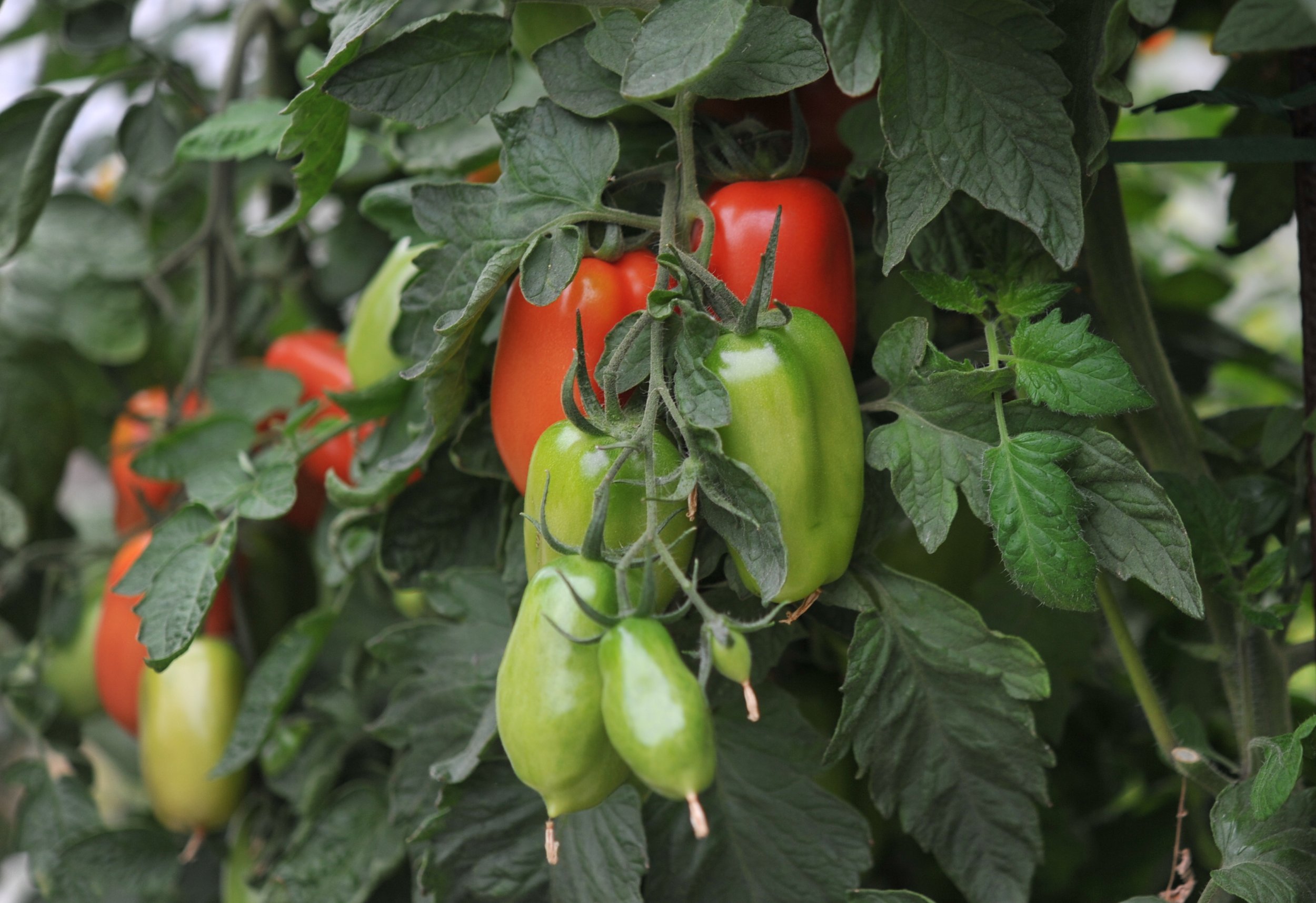Horseradish: the best plant that you never thought about growing. Everybody knows that horseradish contains the compound allyl isothiocyanate and that it makes a great addition to a roast beef sandwich or bowl of cereal…but you might not know how easy and fun it is to grow!
A few horseradish facts:
It is in the Brassica plant family, meaning that it is related to broccoli and kale.
It is a perennial (meaning if you plant it once, it will grow back every year). It is generally regarded as a tenacious perennial, meaning that it can be difficult to extricate once planted in the garden. If you aren’t sure you want to keep it around in the long term, try planting it in a large container!
Collinsville, Illinois is the Horseradish Capital of the World.
Planting Instructions:
Horseradish is usually planted from a root cutting. You can order horseradish roots from many seed companies (including Johnny’s). If you order this winter, they will likely be shipped in spring, which is the best time for planting. Once the roots arrive:
1. Determine an appropriate space for the plant. It prefers full sun and produces beautiful, large rounded leaves that look great as a garden border. Remember to choose a site that can be devoted to this spreading plant and that can be dug up once a year to harvest roots.
2. Prepare the bed space by loosening the soil and adding amendments. Horseradish can thrive in many soil types but will benefit from the addition of compost and a source of potassium (greensand, wood ashes, or a basic organic fertilizer).
3. Plant the roots about 2-3” deep and 12” apart.
4. Plants don’t require heavy irrigation but will benefit from occasional watering.
“Perennial edible crops—such as rhubarb, asparagus, artichokes, and sunchokes—live in one place for multiple years and have different management needs than annuals, so mixing the two together can complicate your crop management. Many perennial crops tend to spread out over time. To keep perennials from spreading, it might be necessary to root prune the edges of your plantings each season, dig up and divide the base of the plant, or mow them down. Aggressive perennials like mint and horseradish should be planted in rigidly contained areas such as a bed surrounded by concrete pathways. The good thing is that perennial crops can be incorporated into many different kinds of spaces throughout the yard. If you are interested in growing perennial edibles, take the time to fully understand their life spans, growth habits, and space requirements before placing them on the garden map (or into the garden). ”
Harvesting Instructions:
1. Standard practice is to plant the root in spring and wait at least 1 year for harvesting. A year after your first planting, you can dig up the plant, divide out the new, tender roots to eat and replant a few healthy roots to continue growing. Many people think that fall is the best time to harvest, so it is possible to wait until the second fall to harvest (1.5 years after planting).
2. If you let the plant go several years without harvesting, it can start to spread. If this happens, dig up sections of the plant, harvest the newer, tender roots and dispose of the older, woody roots. Be careful how you dispose of the roots as they can repopulate in a compost pile and spread across the garden. It is better to place them in a municipal yard waste bin or burn them if necessary.
Preparation Instructions:
1. A newly harvested root will probably not be incredibly pungent…until you start to chop or grate it! It is recommend that you prepare horseradish sauce outdoors or in a well-ventilated room.
2. Once you begin to make a recipe, it is important to complete the process relatively quickly because the active enzymes are short-lived. Combining the root with vinegar helps stabilize the enzymes and preserve their taste. A grated, un-vinegared root will quickly discolor and lose its potency.
It is easy and quick to make a horseradish sauce in a food-processor:
1 Cup fresh horseradish root
1 Tbsp vinegar
2 – 4 Tbsp water
1 tsp salt
1. Peel the roots and chop into 1-2” pieces
2. Add all ingredients to the food processor and blend until consistent.
3. Place in refrigerator and eat within a few weeks.





If you have an existing garden that has not been managed with an eye towards ongoing soil management, you likely have depleted some (or most) of the essential nutrients. You many also have an overly acidic or basic pH. Plants absorb significant quantities of nutrients from the soil each year, and unless you are actively replacing these nutrients, plant vigor and yield will decrease over time. Fortunately, it’s never too late to begin rebuilding garden soil and significant improvements can be made relatively quickly.